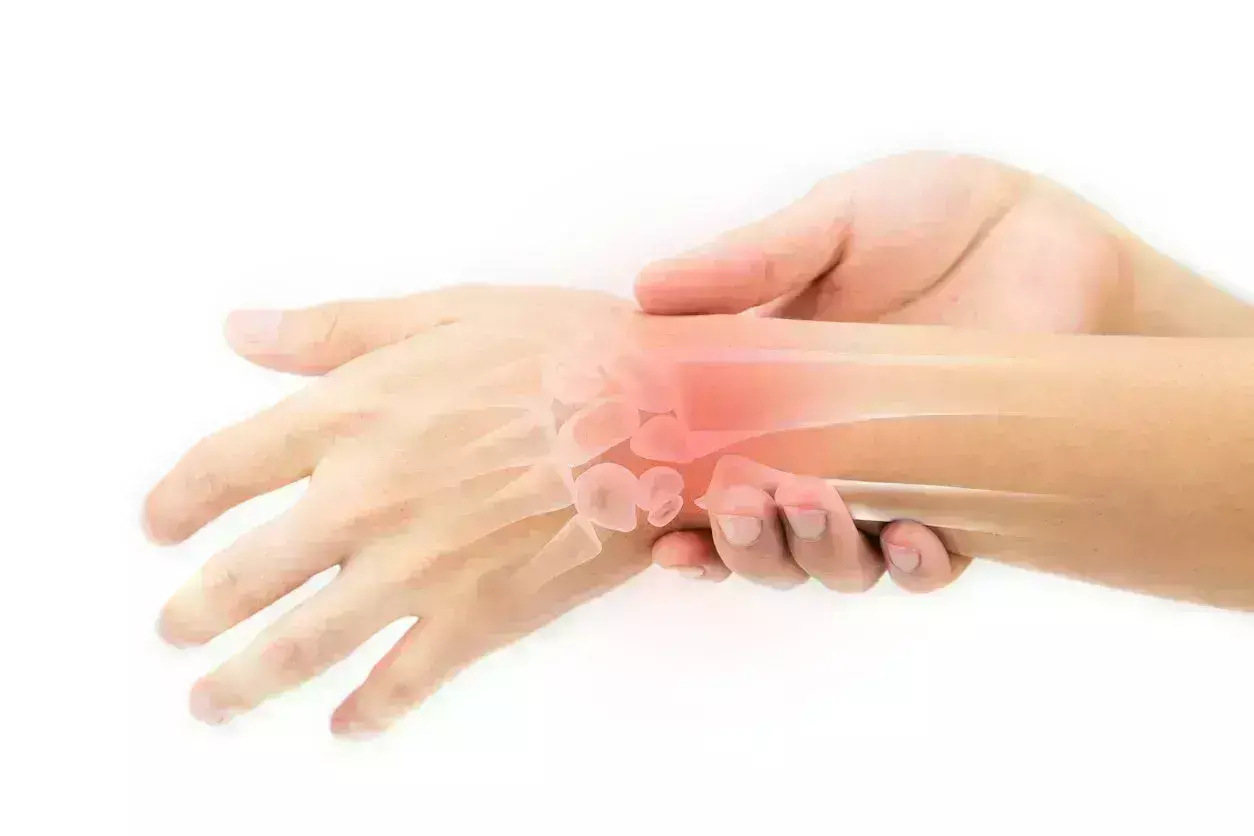- Home
- Medical news & Guidelines
- Anesthesiology
- Cardiology and CTVS
- Critical Care
- Dentistry
- Dermatology
- Diabetes and Endocrinology
- ENT
- Gastroenterology
- Medicine
- Nephrology
- Neurology
- Obstretics-Gynaecology
- Oncology
- Ophthalmology
- Orthopaedics
- Pediatrics-Neonatology
- Psychiatry
- Pulmonology
- Radiology
- Surgery
- Urology
- Laboratory Medicine
- Diet
- Nursing
- Paramedical
- Physiotherapy
- Health news
- Fact Check
- Bone Health Fact Check
- Brain Health Fact Check
- Cancer Related Fact Check
- Child Care Fact Check
- Dental and oral health fact check
- Diabetes and metabolic health fact check
- Diet and Nutrition Fact Check
- Eye and ENT Care Fact Check
- Fitness fact check
- Gut health fact check
- Heart health fact check
- Kidney health fact check
- Medical education fact check
- Men's health fact check
- Respiratory fact check
- Skin and hair care fact check
- Vaccine and Immunization fact check
- Women's health fact check
- AYUSH
- State News
- Andaman and Nicobar Islands
- Andhra Pradesh
- Arunachal Pradesh
- Assam
- Bihar
- Chandigarh
- Chattisgarh
- Dadra and Nagar Haveli
- Daman and Diu
- Delhi
- Goa
- Gujarat
- Haryana
- Himachal Pradesh
- Jammu & Kashmir
- Jharkhand
- Karnataka
- Kerala
- Ladakh
- Lakshadweep
- Madhya Pradesh
- Maharashtra
- Manipur
- Meghalaya
- Mizoram
- Nagaland
- Odisha
- Puducherry
- Punjab
- Rajasthan
- Sikkim
- Tamil Nadu
- Telangana
- Tripura
- Uttar Pradesh
- Uttrakhand
- West Bengal
- Medical Education
- Industry
Variable-angle locking plate may maintain stable reduction of fracture fragments in distal radius fracture

Volar locking plate fixation (VLPF) is the most common method for operative fixation of distal radius fractures (DRF). The dorsal ulnar corner (DUC) can be difficult to stabilize as the fragment is small and not exposed when using the volar approach.
Eva Lundqvist et al conducted a prospective study at the Department of Orthopedics and Hand Surgery, Örebro University Hospital, a tertiary referral center in Sweden. The purpose of this study was to study fracture fragment migration after VLPF of AO type C DRF, using a volume registration technique of paired CT scans with special focus on the DUC fragment. The study has been published in ‘Indian journal of orthopedics.’
The plate is made in stainless steel and allows for placement of 3–7 screws in the radius shaft (3.2 mm) and double rows of 2.3 mm locking screws distally with up to 30° optional angulation.
The study included ten patients with AO type C DRF, all operated with VLPF. CT scan examination was performed preoperatively, postoperatively within 2 days after surgery, and 1 year postoperatively. Fragment migration was assessed with CT-based micromotion analysis (CTMA), a software technique used for volume registration of paired CT scans.
Key findings of the study were:
• All 10 patients completed the 1-year follow-up. The ulnar styloid was operatively stabilized in one patient.
• Registration of the plate showed excellent (<0.2mm) overlapping of the surface of the plate. There were no signs of plate deformity over time. After registration of the plate, the radius proximal to the fracture was also aligned, indicating that all plates were stable over time. Two patients showed signs of screw movement (0.2–0.35 mm and 0.35–>1 mm respectively).
• Postoperative reduction was maintained, and there was no fragment migration at the 1-year follow-up except for one case with increased dorsal tilt.
• The DUC fragment was found in 8/10 cases, fixated in 7/8 cases, and not dislocated in any case at the 1-year follow-up.
• There was no mechanical failure resulting in secondary surgery. There was no patient with load restrictions after the 3-month follow-up, no postoperative infections, and no cases of tendon rupture or complex regional pain syndrome.
The authors concluded that – “The CTMA results indicate that variable-angle VLPF after AO type C DRF can yield and maintain a highly stable reduction of the fracture fragments. The DUC fragment remained stable regardless of the number of screws through the fragment. CT volume registration can be a valuable tool in the detailed assessment of fracture fragment migration following volar plate fixation of DRFs.”
Further reading:
CT Based Micromotion Analysis After Locking Plate Fixation of AO Type C Distal Radius Fractures Eva Lundqvist, Henrik Olivecrona et al Indian Journal of Orthopaedics (2023) 57:2031–2039 https://doi.org/10.1007/s43465-023-01020-3
MBBS, Dip. Ortho, DNB ortho, MNAMS
Dr Supreeth D R (MBBS, Dip. Ortho, DNB ortho, MNAMS) is a practicing orthopedician with interest in medical research and publishing articles. He completed MBBS from mysore medical college, dip ortho from Trivandrum medical college and sec. DNB from Manipal Hospital, Bengaluru. He has expirence of 7years in the field of orthopedics. He has presented scientific papers & posters in various state, national and international conferences. His interest in writing articles lead the way to join medical dialogues. He can be contacted at editorial@medicaldialogues.in.
Dr Kamal Kant Kohli-MBBS, DTCD- a chest specialist with more than 30 years of practice and a flair for writing clinical articles, Dr Kamal Kant Kohli joined Medical Dialogues as a Chief Editor of Medical News. Besides writing articles, as an editor, he proofreads and verifies all the medical content published on Medical Dialogues including those coming from journals, studies,medical conferences,guidelines etc. Email: drkohli@medicaldialogues.in. Contact no. 011-43720751


